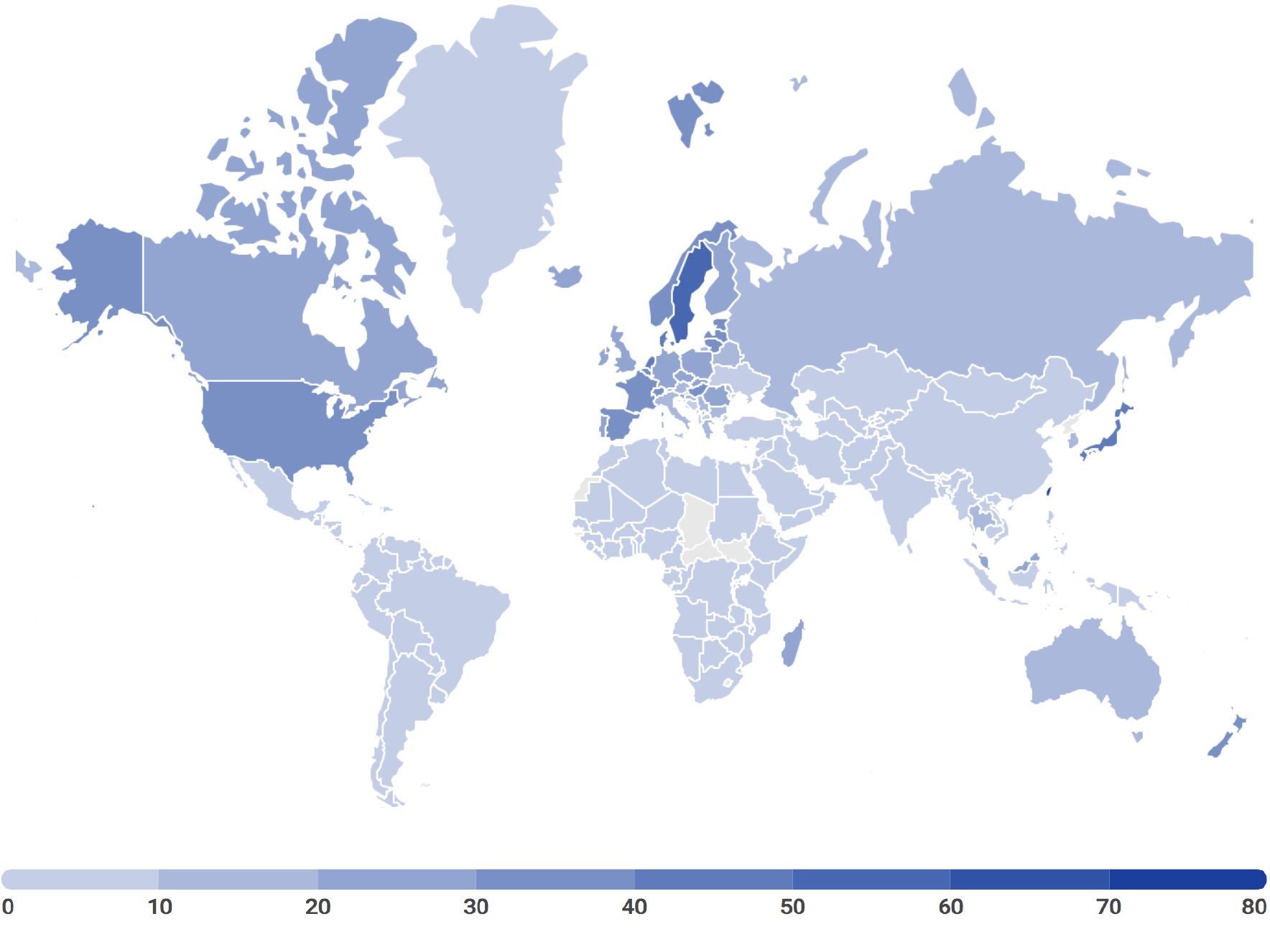
What is Digital Divide?
The Digital Divide is the unequal access to the internet, often due to economic, demographic and geographic issues. For example, older people, people living in rural areas and people in poverty all access the internet less than urban or younger demographics. Due to geographical reasons, it is difficult to build out infrastructure needed for internet access in rural areas. Many people can also simply not afford to pay for the internet, due to living in poverty or rural areas where internet infrastructure is more difficult to build out. Older generations may also find internet access expensive and unnecessary. Roughly 6% to 7% of Americans claim not to access the internet, and nearly 37% of the world population have never used the internet.
Impact of Digital Divide
Digital access has increased for more people since the year 2000, from 48% of people claiming to not have access to only 7%. However a portion of the population still does not access or has limited access to the internet. In America, lower income people are limited to smartphones when using the internet. In early 2021, 27% of lower income adults used smartphones only and had no broadband internet at home. Around the world, countries with less developed infrastructure have substantially less access to the internet than countries with more infrastructure built out. This uneven access to the internet results in a difference in information that people who are connected and people who are not connected to the internet can access.

Ways to Solve Digital Divide
To solve digital divide, we can improve access to the internet. As more infrastructure is built out by internet carrier companies and governments, prices will get cheaper and more people will have greater access to the internet. We also need to improve digital literacy for people connecting to the internet for the first time, so they can learn and understand how to find and communicate information on the internet, as well as understand risks on the internet in topics such as phishing, privacy, and cookies. By building out infrastructure to make internet more accessible, and creating programs to improve digital literacy for people, the digital divide can be solved, allowing more equal access to the internet.